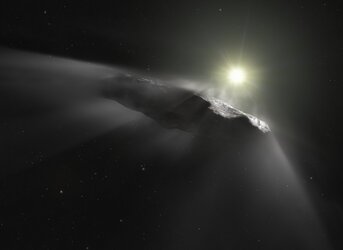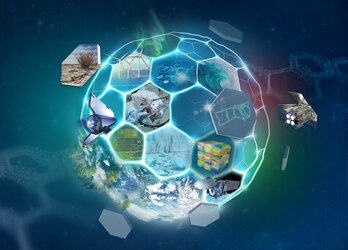Development of radiation shielding and effects physics models
Experience of radiobiological effects in the space environment comes mostly from manned spaceflight in Low Earth Orbit (LEO). For long-duration interplanetary missions, most of the radiation dose will arise from cosmic ray, solar particle ions and secondary particles from which future astronauts will have to be shielded.
It is widely acknowledged that the best solution to overcome this critical problem is to accommodate space vehicles and habitats in such a way that any radiation hazard is significantly reduced. However, designing such structures is not straightforward. Prior to design work, particle interaction with materials must be clearly understood.
Therefore, this activity aims primarily at studying physics models to simulate radiation transport in space structures. Models and data for nuclear-nuclear interactions will be assessed and relevant physics will be implemented and tested building upon an already existing radiation transport toolkit. Further recommendations will be made in order to bridge the identified gaps relevant to the simulation of nuclear-nuclear interaction.
As follow-up work, these models will be applied by the Aurora Exploration Programme to studies of shielding and effects in the interplanetary/planetary radiation environment. This work is of overwhelming importance in the framework of long-duration manned planetary missions as no rescue mission can be envisaged in case of emergency.
| Start |
Expected or actual duration | Status | Prime contractor |
|---|---|---|---|
| 2003 | 12 months | Completed | Qinetiq |
Executive Summary















 Germany
Germany
 Austria
Austria
 Belgium
Belgium
 Denmark
Denmark
 Spain
Spain
 Estonia
Estonia
 Finland
Finland
 France
France
 Greece
Greece
 Hungary
Hungary
 Ireland
Ireland
 Italy
Italy
 Luxembourg
Luxembourg
 Norway
Norway
 The Netherlands
The Netherlands
 Poland
Poland
 Portugal
Portugal
 Czechia
Czechia
 Romania
Romania
 United Kingdom
United Kingdom
 Slovenia
Slovenia
 Sweden
Sweden
 Switzerland
Switzerland

























